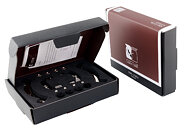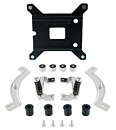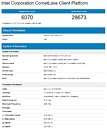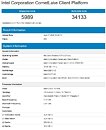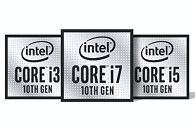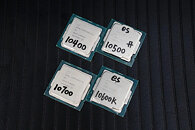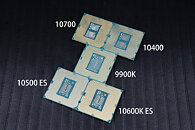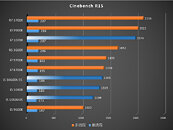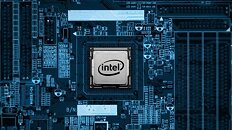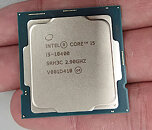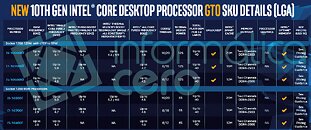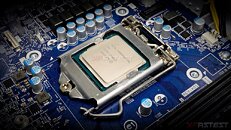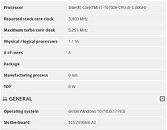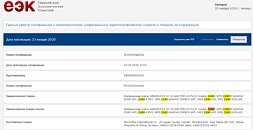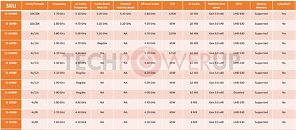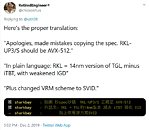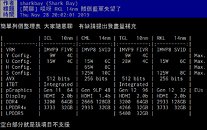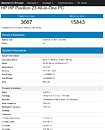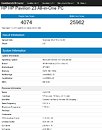
Noctua Confirms LGA1200 Cooler Compatibility Identical to LGA115x Sockets
Noctua confirmed that Intel's upcoming 10th generation Core "Comet Lake-S" processor's LGA1200 CPU socket has an identical cooler compatibility with LGA115x-series sockets, such as LGA1151, LGA1150, LGA1155, and LGA1156. Most of Noctua's LGA115x-compatible coolers will seamlessly fit on LGA1200 motherboards. A selection of Noctua's older coolers can be made compatible for LGA1200 by requesting Noctua for a free NM-i115x upgrade kit. Some of the really old (think pre-Lynnfield) Noctua coolers can be made to support LGA1200, but are not eligible for the free NM-i115x upgrade kit offer. Yet another list of Noctua coolers, such as those tailor-made for SP3, won't support LGA1200 at all, since they don't support the NM-i115x module. The rule of the thumb hence is "if it supports LGA1151, it will support LGA1200."
The list of Noctua coolers that seamlessly support LGA1200 include NH-C12P SE14, NH-C14, NH-C14S, NH-D15, NH-D15 chromax.black, NH-D15S, NH-D14, NH-L12, NH-L12S, NH-L9i, NH-L9i chromax-black, NH-L9x65, NH-U14S, NH-U12A, NH-U12S, NH-U12S chromax.black, NH-U12P SE2, NH-U9S, NH-D9L, and NH-U9B SE2. The coolers eligible for a free NM-i115x upgrade kit are: NH-C12P, NH-D15 SE-AM4, NH-L9x65 SE-AM4, NH-U12, NH-U12F, NH-U12P, NH-U12P SE1366, NH-U12S SE-AM4, NH-U9, NH-U9F, and NH-U9B. Among the older coolers that support LGA1200 though a NM-i115x module purchased separately, are NH-U12DO (except A3 variant), NH-U12DX, NH-U12DX 1366, NH-U12DX i4, NH-U9DX i4, NH-U9DX 1366, and NH-U9DO.
The list of Noctua coolers that seamlessly support LGA1200 include NH-C12P SE14, NH-C14, NH-C14S, NH-D15, NH-D15 chromax.black, NH-D15S, NH-D14, NH-L12, NH-L12S, NH-L9i, NH-L9i chromax-black, NH-L9x65, NH-U14S, NH-U12A, NH-U12S, NH-U12S chromax.black, NH-U12P SE2, NH-U9S, NH-D9L, and NH-U9B SE2. The coolers eligible for a free NM-i115x upgrade kit are: NH-C12P, NH-D15 SE-AM4, NH-L9x65 SE-AM4, NH-U12, NH-U12F, NH-U12P, NH-U12P SE1366, NH-U12S SE-AM4, NH-U9, NH-U9F, and NH-U9B. Among the older coolers that support LGA1200 though a NM-i115x module purchased separately, are NH-U12DO (except A3 variant), NH-U12DX, NH-U12DX 1366, NH-U12DX i4, NH-U9DX i4, NH-U9DX 1366, and NH-U9DO.
